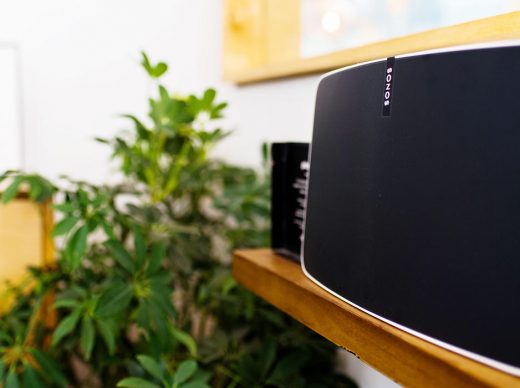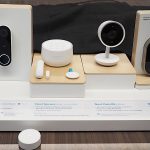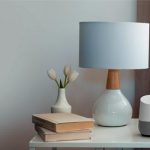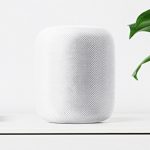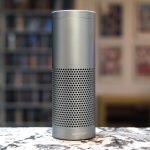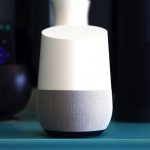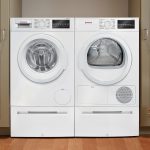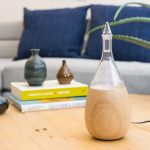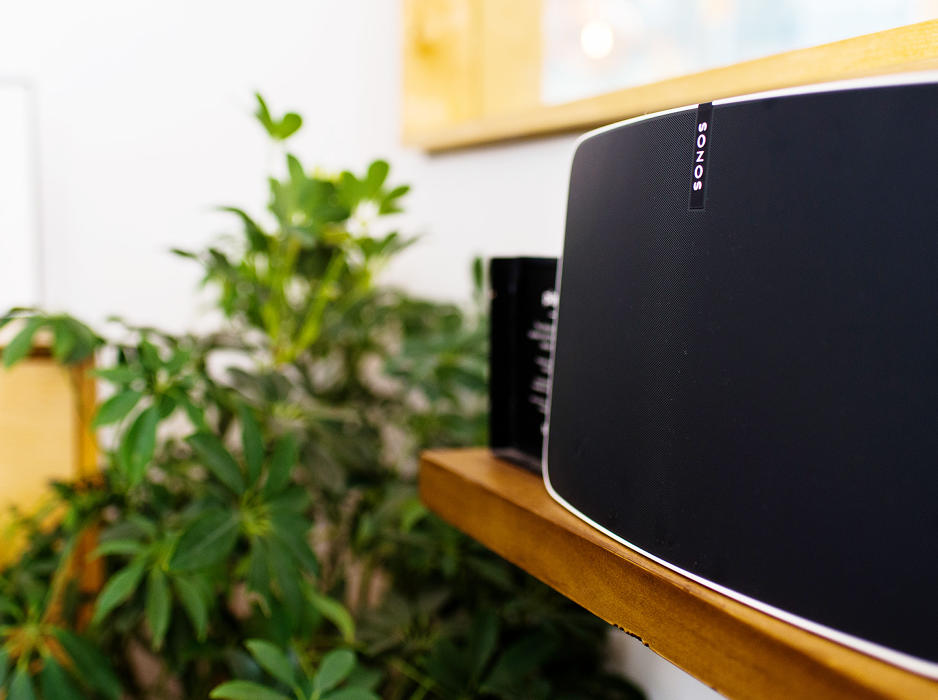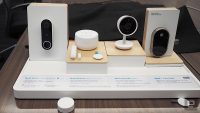Sonos Is Selling A Whole Sensory Experience Through Strategic Retail Partnerships
Walking into the Rough Trade record shop in Williamsburg, Brooklyn, you might not even notice the store’s newest addition. Just above the entrance of the 1,500-square-foot music emporium is something that, at first glance, wouldn’t seem unusual in a record store: a listening room. But more than just a walled-off sanctuary for listening to music in a record shop, the room is part of a multifaceted new strategy by its creators, designed to expose more consumers to a new way of listening to music.
Sonos, the wireless home audio company, worked with Rough Trade to set up the room and outfit it with company’s high-fidelity speakers and components. As you might guess, these same products are now available for sale downstairs at Rough Trade, alongside turntables and other audio hardware. But for Sonos, which is in the process of expanding its retail efforts with partnerships like this one, these boxed-up products would be nearly useless without the listening room.
“The best way for somebody to learn about Sonos is to experience it firsthand,” says Joy Howard, Sonos’s chief marketing officer. That’s because, as enthusiastic as many Sonos customers may be, the geeked-out ramblings of a fanboy or -gal just can’t do descriptive justice to what Sonos is: an extensible, multi-room (if you so desire) system of speakers that piggyback off your home or office’s Wi-Fi connection to deliver music—from just about any streaming service or your own collection—in remarkably fine detail and superior audio quality. See? Even that last sentence, as thorough and marvelously eloquent as it may have been, doesn’t quite get it across. You just need to hear Sonos. You need to play around with it.
So instead of just dropping a few boxes of speakers on a shelf at one of Brooklyn’s most beloved record shops and calling it a day, the company decided to build a hands-on listening experience inside the store.
They’ve been doing this sort of thing a lot lately. In July, Sonos opened its first store in Manhattan’s SoHo neighborhood, a unique retail space that’s centered around seven hiply designed and acoustically perfected listening rooms. But after cutting the ribbon on its flagship store (with the help of noise-rock pioneer and extremely tall dude Thurston Moore from Sonic Youth), Sonos wasted no time extending its retail strategy through new partnerships designed to get its products in front of as many people as possible. In just the last few weeks, Sonos has teamed up with Rough Trade, Airbnb, West Elm, and Apple. And from the sound of it, they’re just getting started with these types of deals.

In early October, Sonos speakers will go on sale at 468 Apple retail stores, many of which will have an in-store demo of the wireless speaker system paired with Apple Music (a wise maneuver for Apple as it tries to grow its music subscriber base to compete with Spotify). And while the Apple retail partnership won’t be as immersive or acoustically fine-tuned as Sonos’s own listening rooms, it’s still clearly, as Howard puts it, “a huge moment for us.” As busy as the SoHo store can get on a Saturday afternoon, it’s just one store. To keep growing—and stave off an increasingly lengthy list of competitors—Sonos needs to spread its experiential tentacles as far and as wide as possible.
Historically, Howard says, the best way to learn about Sonos was by experiencing it in action at a friend’s house. As lovely as that may sound, it’s not the most scalable sales strategy. So as its retail efforts grow, the company is deliberately trying to inject a more home-like feel where ever it can. This was a central principle behind the company’s Soho store, and like those listening rooms, the one in Rough Trade is designed like a living room. The Rough Trade installation even includes a separate sleeping area for whoever wins a recently announced contest that will let winners rent out the entire record store on Airbnb.
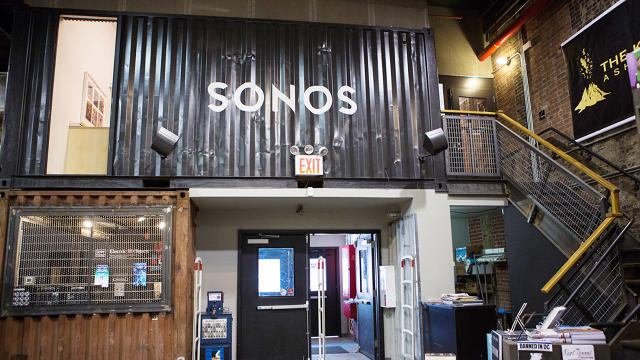
To further tighten its emphasis on at-home listening, Sonos recently teamed up with West Elm to bring its products and carefully crafted experience into the home retailer’s stores.
“We’ve recognized opportunities to harness the power of design and human connection to create rich and relevant experiences for customers,” says Jim Brett, West Elm’s president. “We’ve become sensitive to what comforts them.”
West Elm has traditionally focused heavily on aesthetic details like color, fragrance, lighting, and texture, thoughtfully outfitting each store with its own localized, unique vibe. Since 2013, the company has partnered with local makers to source millions of dollars in handmade goods that help further this mission. The company even offers services like design consultation and hands-on, in-home help with setting up products and getting every detail just right.
Now, West Elm is adding a new design detail to its Swiss army knife of expertise: Sound.
“We’ve been thinking about how people use sound to lift their mood, be more productive, or go to sleep,” says Brett. Starting with its Broadway location in Manhattan, West Elm stores will be getting their own unique listening environments.
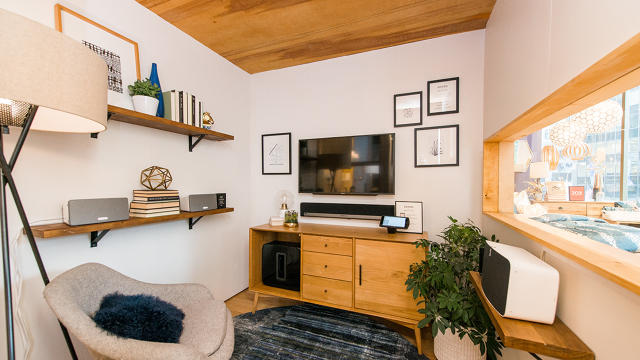
“We can sell this product in a very different way than others can,” says Brett. “It’s not going to be a Sonos speaker on a shelf next to a Sony speaker. This is about the way that we see ourselves being involved in people’s lives. We’re taking quite seriously the role of sound and music.”
To that end, West Elm will not only integrate Sonos sound systems into its stores, but will also train its staff on the role that sound and acoustics play in the design of people’s personal spaces.
To Sonos, West Elm felt like a natural retail partner because of its holistic and immersive focus on design and experiential approach to selling products. West Elm’s customers are exactly the type of people whose attention Sonos is dying to grab. And the context of a West Elm store could hardly be a more perfect place to do it.
“We want to get to get in front of people when they’re in the mindset of thinking about how they can transform their homes,” says Howard. “That’s why you go to a place like West Elm. You’re deliberately in that mindset. It’s such an ideal moment for us to open up a conversation with people and ask, Have you thought about how your home sounds?“
To many customers, the mere concept of having high-fidelity, multi-room sound throughout their homes may be a foreign, even potentially unattainable concept. That’s another reason Sonos is trying to get its unique sonic experience set up in as many physical spaces as possible: To educate consumers.
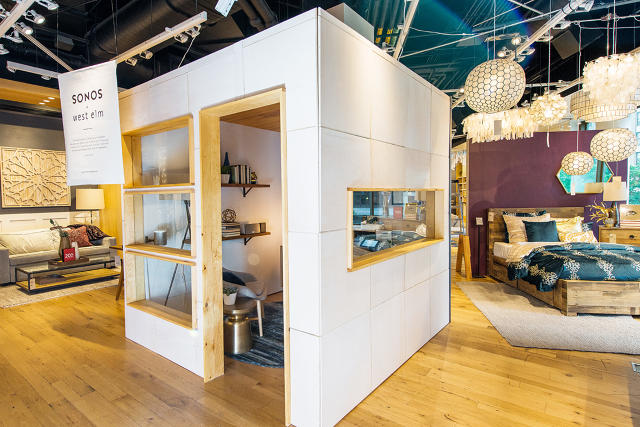
“I don’t think people are even aware that they can have a home sound system like this,” Howard says. “I think it’s not even in the realm of people’s everyday thinking. It seems like such an expensive, complicated thing to have.”
Having more of a presence inside big-name retail outlets not only helps clue new customers in to the simplicity and audio fidelity of Sonos speakers, but it may also help existing customers see (and hear) new possibilities. A large number of people who own Sonos products only have one speaker, according to Howard. Many are unaware, for instance, that two Play:1 speakers can be linked together to make a stereo pair or that a new Play:5 could easily be used to extend an existing Sonos audio experience from the living room to the kitchen.
Sonos’ partnership with Airbnb further advances the at-home approach by offering discounted sound systems to new Airbnb hosts. If the program works as intended, it stands to expose a whole new set of consumers to the experience of using Sonos in a very home-like environment. Like its own listening rooms and the West Elm installations, the idea here is to cut right to the chase, skip the wordy explanations, and just let people use and hear these speakers for themselves.
Will it work? That remains to be seen, of course, but it’s clear that Sonos isn’t content with a singularly focused retail strategy. Instead, it’s planting as many seeds as possible to see what works. As the company grows up and its competition proliferates, it can’t hurt to try.
related video: Flirting with sound design: crafting the sounds of Tinder
Fast Company , Read Full Story
(56)

